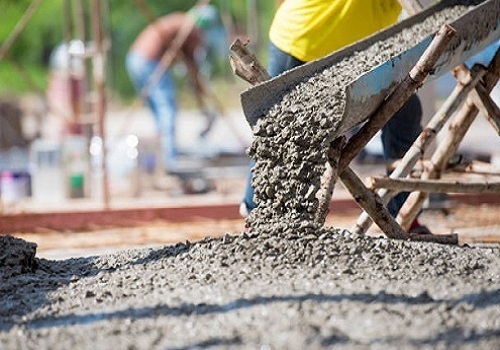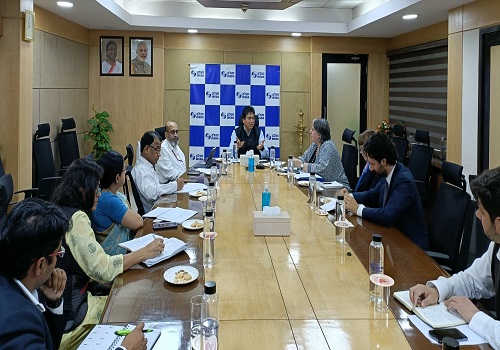Real Estate Sector Update - From dust to glory : the surREAL story By Motilal Oswal
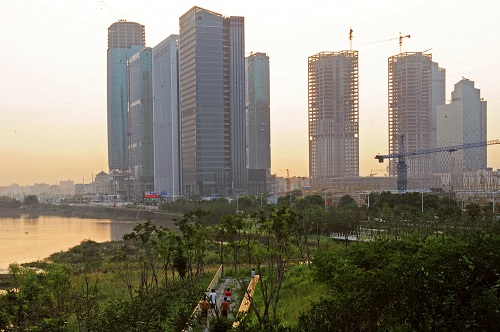
Follow us Now on Telegram ! Get daily 10 - 12 important updates on Business, Finance and Investment. Join our Telegram Channel
https://t.me/InvestmentGuruIndiacom
Download Telegram App before Joining the Channel
From dust to glory – the surREAL story
Consolidation should be constructive for the sector | LODHA and OBER are our top picks
* The Residential Real Estate sector is poised for an upcycle, primarily buoyed by the improved affordability. Decadal low (sub-7%) interest rate regime, stagnant prices over the last seven years, and rising income base (last 10Y CAGR: 7-10%) have driven the affordability quotient.
* According to the Indian Brand Equity Foundation (IBEF), the Real Estate sector is expected to report a 19% CAGR to USD1t over FY20-30E. The ongoing industry consolidation lead by concentration of capital, 400-600bp advantage in cost of funding for large developers and buyers’ trust on organized developers will further escalate growth for large listed developers.
* Inventory across most of the cities is at a manageable level (overhang of 23 months) given the industry wide launch discipline that has helped in absorbing cost pressures. Sustained strong demand and gradual price hikes augur well for the industry in increasing the overall profit pool, where all the organized players stand to benefit.
* In such a scenario, we have built a Real Estate Investment Metric (REIM) framework to evaluate the relative attractiveness of markets as well as companies. Based on our analysis, the players exposed to the Bengaluru and Pune markets will outperform both in volume and value terms, while the Mumbai-based ones will benefit from the longterm, pent-up demand.
* We initiate coverage on four stocks – LODHA (BUY), OBER (BUY), DLF (NEUTRAL), and GPL (NEUTRAL). LODHA stands out in our company assessment framework for its growth potential, de-leveraging benefit, and relatively attractive valuations. The stock is our top pick, followed by OBER.
* Key risks to our call: a) continued inflation in commodity prices, b) sharp rise in interest rates, and c) disruptive price hikes that may hamper affordability.
Affordability at its decadal best in 2021; to resurrect the cycle
* After a spike over CY09-14, Real Estate prices have remained stagnant across the top seven cities during the last seven years, while income posted a steady 10Y CAGR of 7-10%.
* Coupled with low (sub-7%) interest rates, home affordability is at its decadal best leading to renewed buying interest. Further, the realized importance of owning a house and the need for upgradation – given the likely hybrid working environment – is helping to resurrect the structural pent-up demand.
* The Aug-Oct’21 data for Mumbai depicted strong signs of a recovery with registration at its decadal high despite no stamp duty relaxation. Further, according to Knight Frank, 2HCY21 sales at ~133,000 units for the top eight cities were the highest half-yearly sales numbers since CY15.
* Thus, we infer the Residential Real Estate sector is poised for an upcycle after a decade of underperformance.
Manageable inventory levels to induce gradual price hikes
* Disciplined launches across the top seven cities have led to a continued reduction in inventory level (at 23 months now) since the peak of CY14.However, the level is still a bit far from the inflection point of 15-18 months in CY08, which led to ~60% increase in prices during CY09-14.
* Listed players, albeit, are better placed with only 15-21 months of inventory. The lower inventory hangover and strong demand uptick act as catalysts that have enabled the companies to absorb cost pressures, and take 3-4% price hikes over the last 6-9 months. These catalysts are also likely to expand the overall profit pool for the sector.
Organized players stand to benefit from the ongoing industry consolidation
* The triumvirate of demonetization, Goods & Services Tax (GST), and the Real Estate Regulation Act (RERA) sent shockwaves through the industry and marked the beginning of consolidation, with 40-80% of developers across the top seven cities exiting the market.
* The NBFC funding channel has hit a roadblock for most Tier II-III developers, post-IL&FS crisis, leading to: a) a 400-600bp gap in the cost of funding v/s larger developers, and b) concentration of capital flows.
* According to PropEquity, launch share (35%) continues to remain ahead of the current sales share (24%) for the top 10 developers, indicating the sustenance of consolidation.
* Companies across the listed universe are looking to double their annual presales run-rates over the next 3-4 years, driving a 20-25% CAGR.
Supply and pricing disciplines are important catalysts for sector revival
* The start of the previous upcycle (CY08-12) was characterized by better affordability; however, what impacted the cycle was incessant supply that was consistently higher than demand through CY10-13.
* Liberal land acquisition policies by a few states and easy availability of land financing from banks meant limited entry barriers, which led to the influx of more than 600 developers in each of the top seven cities.
* Land prices started to soar due to strong demand which led to sharp rise in real estate prices. Rising inflation and the subsequent increase in interest rates further exacerbated the impact on affordability.
* Absorption declined to 0.24m for top seven cities from 0.36m at peak in CY12.
* Therefore, maintaining a supply and pricing discipline is a precondition to a healthy and sustainable upcycle.
Prefer companies exposed to the Bengaluru, Pune and Mumbai markets
While each of the top seven markets is likely to benefit from this upcycle, it is important to assess their relative strength and use it as one of the criteria to filter out stocks. We evaluate markets through our REIM framework, based on: a) their growth potential, b) competitive intensity, c) inventory hangover, and d) launch discipline, which will determine e) the price direction going forward.
* Bengaluru, and Pune markets score high, given their potential as a growing commercial hub and due to the attractive IT talent. These markets have a low inventory hangover that bodes well for a relatively higher value growth.
* Mumbai is our next best choice as it stands to benefit from the long-term, pentup demand due to improved affordability.
* The NCR market is the least preferred as it offers a comparatively limited growth potential. The market has a higher inventory overhang, implying muted price growth. However, due to the low competitive intensity, players such as DLF and GPL that are well positioned and trusted will still do well.
LODHA is our top pick followed by OBER
We assess the Real Estate companies based on the relative strength of their growth potential, product and asset class mix, financial strength, profitability and market exposure. We assign 80% weightage to these operating parameters (equal weight for each parameter) and 20% weightage to the valuation score to identify our top pick.
* LODHA is our top pick among large-caps; initiate coverage with a BUY rating: LODHA is expected to benefit from: a) its ~INR200b of completed and nearcomplete inventory, b) INR40b of QIP money to enable healthy JV/JDA deal addition, c) monetization of industrial land banks and ready commercial projects, and 4) substantial deleveraging potential through robust cash flow. We initiate coverage on the stock with a BUY rating and a TP of INR1,700, implying a potential upside of 37%.
* OBER – A favorable economic cycle play; resume coverage with a BUY rating: OBER has seen a marked improvement in sales velocity across projects and has accelerated its launch plans. Without factoring in any further improvement in sales velocity, its sales bookings are projected to report a 15% CAGR to INR50b by FY21-24. OBER’s best-in-class financial strength will underpin strong business development opportunity, providing further growth visibility. The company’s ongoing 3.8msf commercial projects will lead to 37% CAGR in rental income to INR7b by FY21-24E. We resume coverage on the stock with a BUY rating and revised TP of INR1,200, implying a potential upside of 23%.
* DLF – On the right path; initiate coverage with a NEUTRAL rating: DLF is on the right track to benefit from a residential upcycle with: a) an upcoming 35msf launch pipeline, and b) sizeable and diverse land reserves. Its robust commercial portfolio will continue to deliver 15-16% CAGR in rentals through: a) contractual + MTM escalations, and b) ~31msf of ongoing and future project pipeline. However, we believe the above triggers are largely baked in at current valuations. Hence, we initiate coverage on the stock with a NEUTRAL rating and a TP of INR450, implying a potential upside of 6%.
* GPL – Prime beneficiary of consolidation, but fairly valued; initiate coverage with a NEUTRAL rating: We like GPL due to its exposure to all the top four residential markets. Through its asset light strategy, GPL added over 100msf of projects over the last five years, which helped the company deliver a multifold rise in sales of ~3x. We expect: 1) a further scale up, with ~90msf of projects yet to be launched, 2) the company to report 17% CAGR in pre-sales to INR107b over FY21-24E, 3) the strong business development momentum to continue, with INR40b of cash and room for further leverage, 4) cash generation and RoE, which have been a cause for concern, to improve gradually through FY25, with projects of over 40msf to be delivered through FY23-25. However, at 3.9x P/NAV for its current pipeline, a large part of the growth is already factored in. We initiate coverage on the stock with a NEUTRAL rating and a TP of INR2,100, implying a potential upside of 6%.
To Read Complete Report & Disclaimer Click Here
For More Motilal Oswal Securities Ltd Disclaimer http://www.motilaloswal.com/MOSLdisclaimer/disclaimer.html SEBI Registration number is INH000000412
Above views are of the author and not of the website kindly read disclaimer


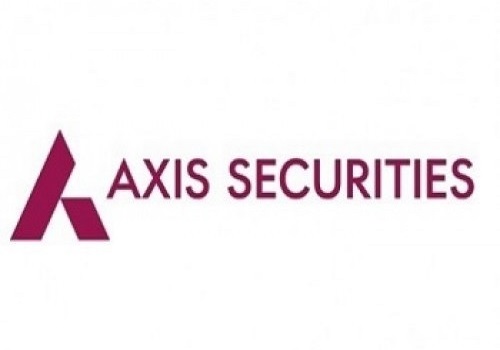
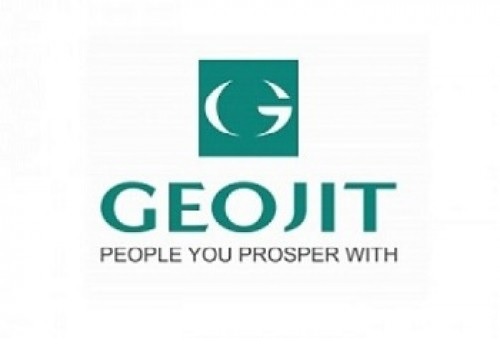

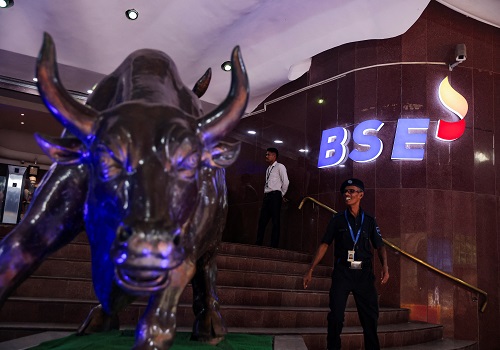


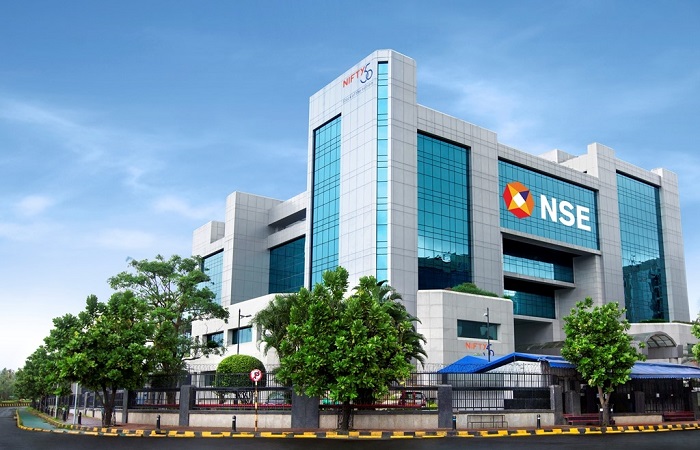

Tag News
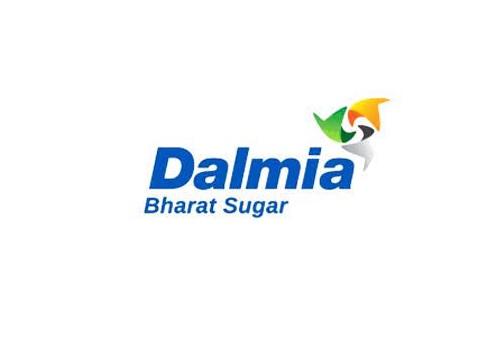
Buy Dalmia Bharat Ltd For Target Rs.2,400 - Motilal Oswal Financial Services Ltd


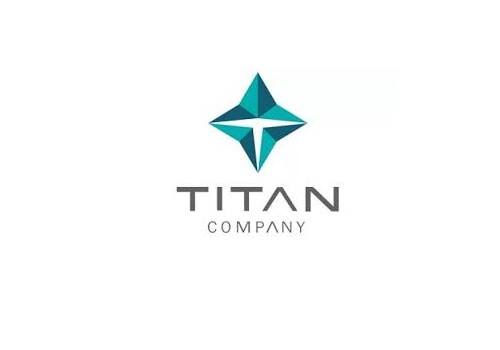
More News
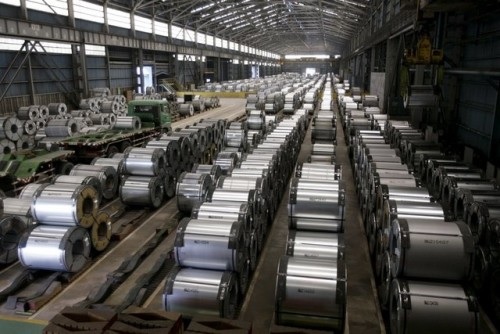
Metal Sector Update - In search of better risk reward By ICICI Securities

